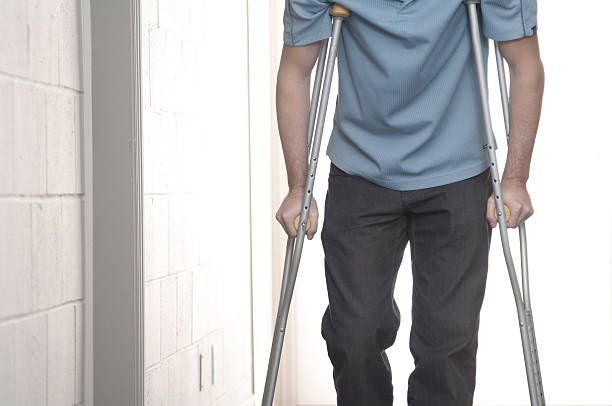As Melbourne continues to grow and evolve, so too does the need for innovative mobility solutions that cater to its diverse population mobility aids melbourne. With an aging demographic, increasing urbanization, and the rising importance of accessibility, the future of mobility aids in Melbourne promises exciting advancements. Here, we’ll explore some emerging trends that could redefine how residents navigate their city.

1. Smart Technology Integration
One of the most significant trends in mobility aids is the integration of smart technology. Devices equipped with sensors, GPS, and connectivity features are becoming commonplace. For example, smart wheelchairs and mobility scooters can now provide real-time data on battery life, navigation assistance, and even health monitoring.
In Melbourne, this means that residents with mobility challenges will have access to aids that not only help them move around but also connect them to emergency services or loved ones. These advancements can significantly enhance independence and safety for users.
2. Sustainable Mobility Solutions
With growing environmental concerns, the push for sustainable mobility solutions is stronger than ever. Melbourne is already home to initiatives promoting eco-friendly transportation, and this trend is expected to extend to mobility aids.
Future mobility devices are likely to be designed with sustainability in mind, utilizing lightweight materials and energy-efficient technologies. Electric scooters and bicycles, for instance, could be adapted for those with mobility challenges, providing a green alternative for short trips around the city.
3. Customizable Mobility Devices
As individual needs and preferences vary widely, the demand for customizable mobility aids is on the rise. Melbourne’s residents are seeking devices tailored to their specific requirements, whether that means adjusting the height of a walker, adding personalized features to a wheelchair, or choosing stylish designs that reflect personal taste.
Companies are beginning to respond to this demand by offering modular mobility devices that can be easily adapted or upgraded as users’ needs change over time. This trend not only enhances user satisfaction but also promotes long-term usability of mobility aids.
4. Improved Public Transport Accessibility
Melbourne is known for its comprehensive public transport system, but there’s always room for improvement regarding accessibility. Future trends will likely see greater collaboration between mobility aid manufacturers and public transport agencies to create seamless travel experiences.
This could include features like priority boarding for users of mobility aids, real-time updates on transport accessibility, and the introduction of more accessible vehicles. By prioritizing inclusive design, Melbourne can ensure that all residents can easily access the city’s extensive transport network.
5. Telehealth and Remote Support Services
The pandemic has accelerated the adoption of telehealth services, and this trend is expected to continue in the mobility aid sector. Residents of Melbourne will increasingly benefit from remote consultations with healthcare professionals to assess their mobility needs and receive tailored recommendations.
Additionally, remote support services will provide ongoing assistance for users of mobility aids. Whether it’s troubleshooting device issues or offering health and wellness advice, the integration of telehealth into mobility solutions can significantly enhance user experience and outcomes.
6. Community-Based Solutions
As Melbourne focuses on building stronger, more inclusive communities, the importance of community-based mobility solutions cannot be overlooked. Local initiatives aimed at improving accessibility—such as community transport services, peer support groups, and awareness campaigns—are becoming essential.
In the future, we can expect more collaboration between local governments, non-profits, and residents to identify mobility challenges and co-create solutions that enhance mobility for everyone. This grassroots approach ensures that the needs of the community are prioritized, fostering a more inclusive environment.
Conclusion
As Melbourne looks towards the future, the landscape of mobility aids is poised for remarkable transformations. With smart technology, sustainability, customization, improved public transport accessibility, telehealth integration, and community engagement leading the way, residents can expect a more inclusive and efficient mobility experience.